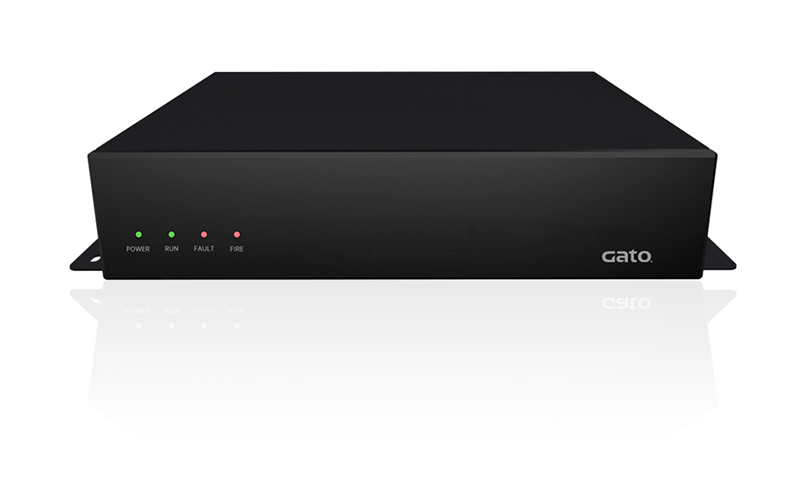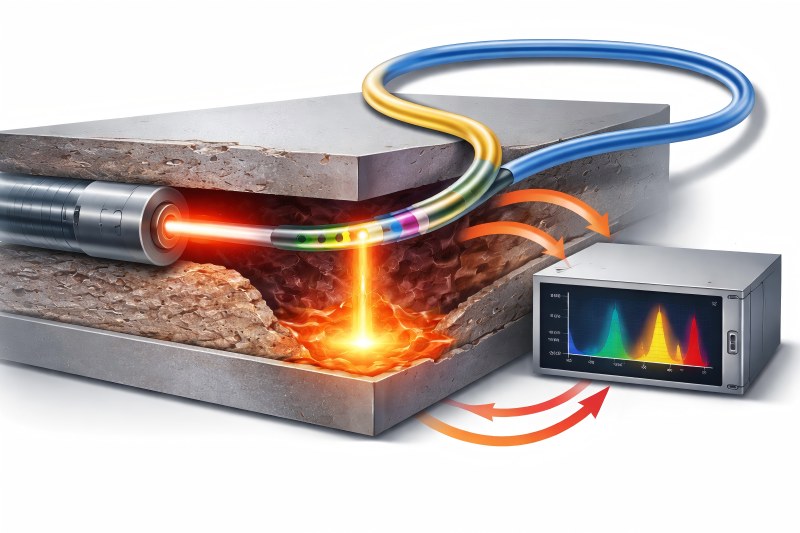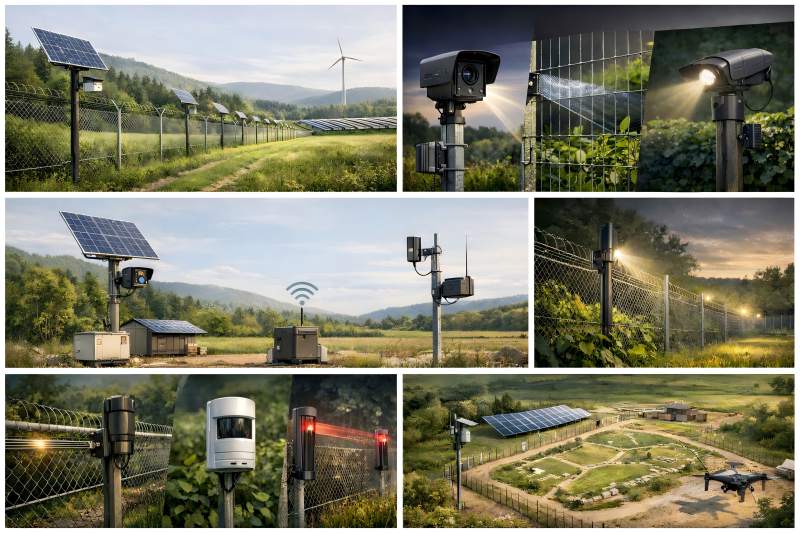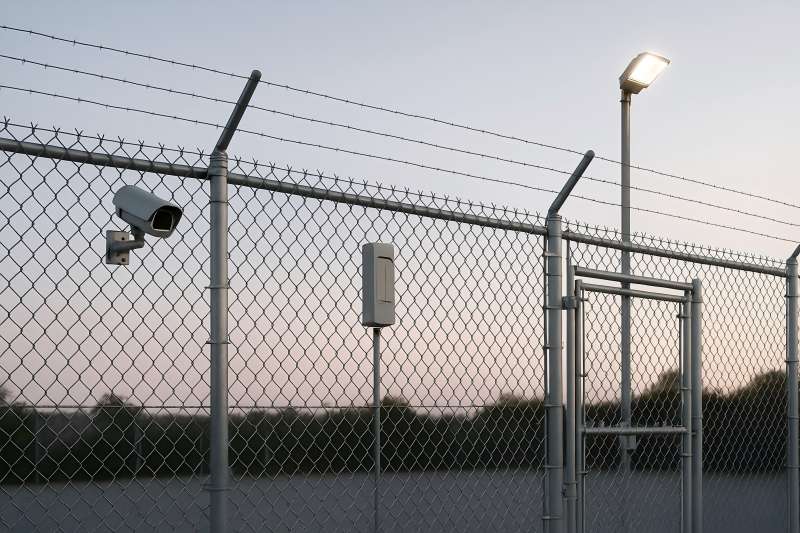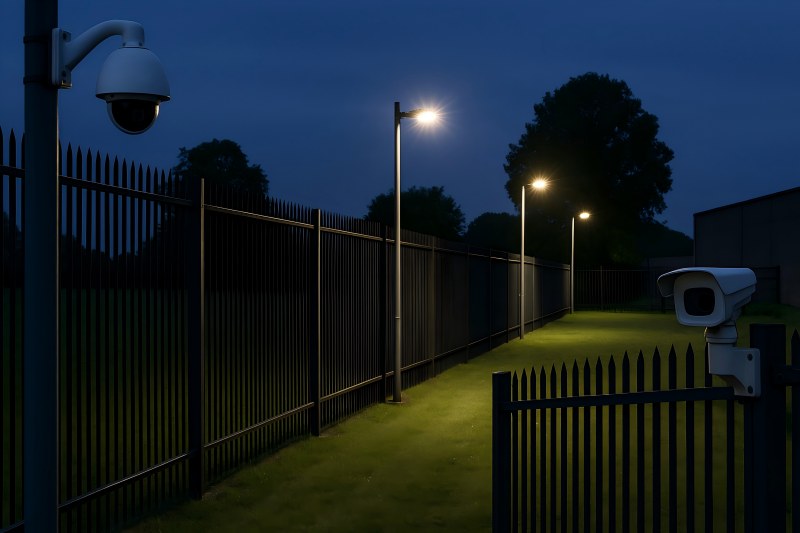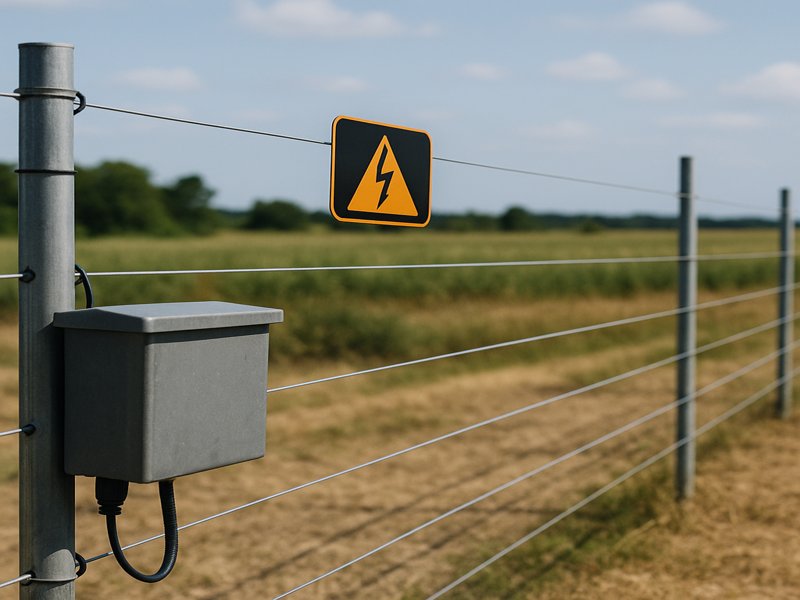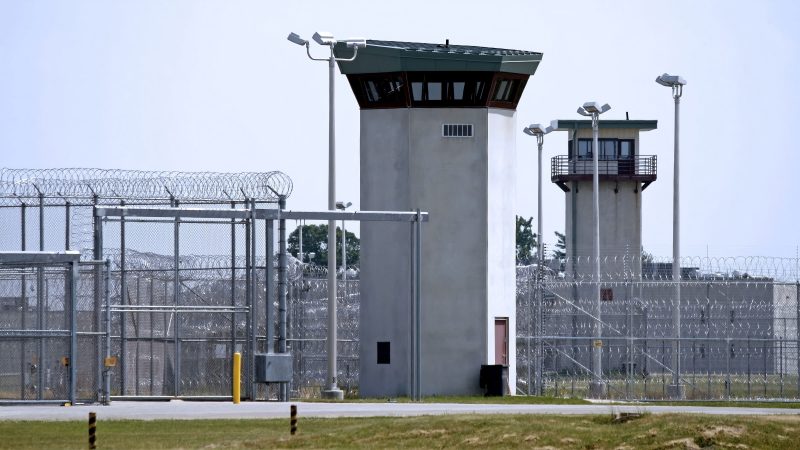As global threats grow and border security demands rise, electric fences offer scalable, intelligent defense, combining deterrence, detection, and integration with modern surveillance for critical sites and remote borders.
Understanding Electric Fence Technology
How Electric Fences Work
Electric fences function by delivering short, regulated electrical pulses through wires or conductive materials installed along a perimeter. When an intruder contacts the fence, they receive a non-lethal electric shock, acting as both a deterrent and an early warning system.
There are two major types:
- Pulse Electric Fences: Emit high-voltage, low-current pulses at set intervals. Highly effective for human deterrence.
- Tensile Electric Fences: Use tensioned, electrified wires designed to resist tampering and climbing attempts, ideal for long border stretches.
Key Components
- Energizers: Generate and regulate electrical pulses.
- Conductive Wires or Mesh: Deliver the current across the perimeter.
- Insulators and Posts: Maintain wire positioning and prevent current leakage.
- Alarm System Interface: Notifies users when the fence is broken or tampered with.
- Backup Power Supply: Guarantees uninterrupted functioning in the event of sabotage or outages.
Electric Fencing in Border Control
Securing Long and Remote Perimeters
Securing international borders often involves thousands of kilometers of challenging terrain. Compared to concrete barriers or staffed patrols, electric fencing provides a low-maintenance, more affordable option.
Advantages of border control:
- Visual and physical deterrence for smugglers, trespassers, or unauthorized immigrants.
- Real-time breach alerts through integrated sensor and alarm systems.
- Solar-powered options for deployment in remote areas.
Notable Examples of Use
- India-Pakistan Border: Uses thousands of kilometers of electrified fencing supported by thermal sensors and surveillance towers.
- US-Mexico Border: Select zones use electric fencing integrated with motion detectors and patrol drones.
- Israel-Egypt Border: Features smart fencing with electric deterrents, radar, and camera integration.
These deployments demonstrate how electric fence systems can operate autonomously while enhancing traditional patrol and surveillance strategies.
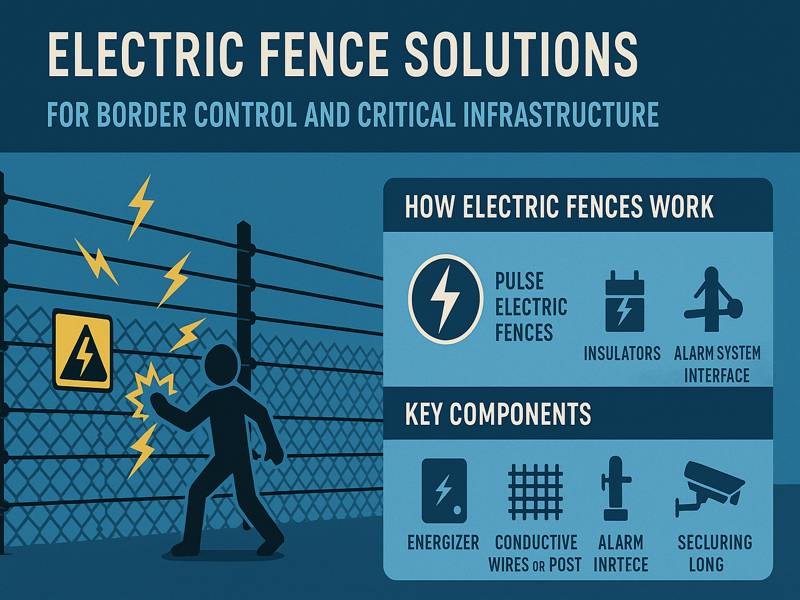
Electric Fence Technologies: From Basic to Smart
There are multiple types of fence intrusion detection system used in high-security environments. Their design and sophistication depend on the threat level and operational needs.
🔌 Pulse Electric Fence Systems
- Deliver high-voltage pulses (typically 5,000–10,000V) at low current
- Serve as non-lethal disincentives
- Set off alarms in response to wire cuts, short circuits, or tampering.
- Commonly used in border control due to simplicity and reliability
🧬 Tensile Wire Systems
- Use high-tension wires to resist cutting or climbing
- Ideal for integrating with sensors to detect vibrations or disturbances
- Less reliant on high-voltage pulses, often used in urban infrastructure zones
🌐 Internet of Things-Integrated Smart Electric Fencing
- Incorporate cloud-based monitoring, GPS tracking, and microcontrollers.
- Capable of real-time health diagnostics, zone-based control, and data logging
- Integrate with video analytics, AI detection models, and access control systems
Smart systems reduce false alarms by filtering out animals, debris, and weather interference, making them highly effective in complex environments like ports or oil pipelines.
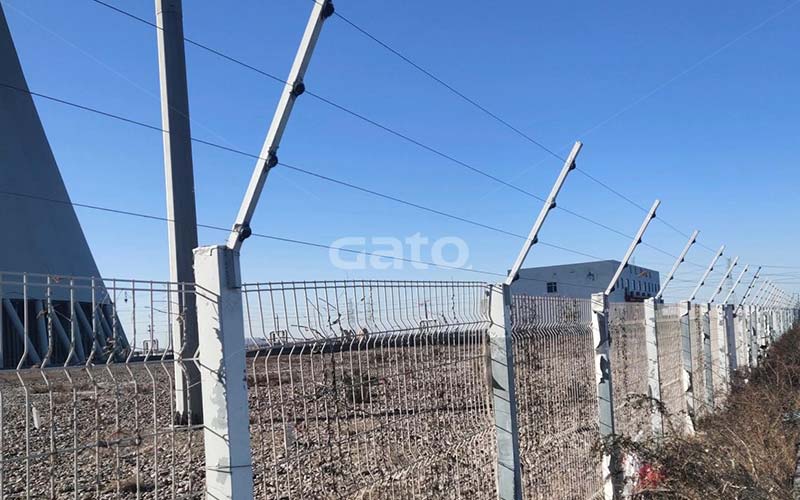
Smart Integration: Building a Multi-Layered Defense System
Electric Fences + Sensors + Surveillance
Modern electric fence systems are no longer standalone barriers. They are part of a comprehensive perimeter security system that includes:
- PIDS (Perimeter Intrusion Detection Systems): Fiber optic or cable-based sensors detect vibrations or pressure.
- CCTV and AI Surveillance: Real-time visual monitoring with behavior analytics.
- Laser and Microwave Barriers: Create invisible tripwires and motion-detection zones.
- Drones and PTZ Cameras: Mobile surveillance to verify breach attempts.
Electric fences can trigger these systems on contact or tampering, enabling swift security responses.
Centralized Command Platforms
Control rooms at critical infrastructure sites now employ integrated security control platforms where electric fence systems feed live data into:
- Central dashboards
- AI-based decision engines
- Incident loggers
- Emergency communication systems
Operators receive instant alerts with location tagging, allowing security teams to intercept intruders before they advance.
Deployment Challenges and Engineering Considerations
Deploying electric fences on a border or around infrastructure comes with a host of logistical and technical challenges:
Geographical Constraints
- Rocky terrains and mountainous regions may require specialized anchoring systems
- Flood-prone areas demand waterproof insulators and elevated fencing
- Long spans require repeater stations and voltage equalization
Power Supply Management
- In remote areas, solar-powered fences with battery backup are vital
- Power conditioning equipment ensures stable voltage delivery and protection against lightning
Material Durability
- High-tensile galvanized steel or aluminum wires are preferred
- UV-stabilized plastics and corrosion-resistant fittings extend lifespan
- Tamper-proof design deters intruders from bypassing or dismantling the fence
Environmental and Wildlife Considerations
- Wildlife-friendly fencing modes can reduce accidental shocks to animals
- Fence systems must withstand extreme heat, snow, and sandstorms
Threat-Specific Customization
- Nuclear Power Plants: Need multilayered fencing with seismic sensors and redundancy in power and communication lines.
- Data Centers: Prioritize fast breach detection and silent alarm triggering to avoid operational panic.
Custom fence tension, voltage levels, and detection sensitivity can all be fine-tuned for each application.
Advantages of Electric Fencing in High-Security Environments
The reason electric fence solutions continue to grow in popularity for border and critical infrastructure protection is due to their combination of practical and strategic advantages:
| Feature | Benefit |
| Non-lethal shock | Safe deterrent with minimal liability risks |
| Tamper detection | Alerts triggered on cutting, grounding, or climbing |
| Integration-ready | Easily links to alarms, cameras, and command systems |
| Visual deterrent | Warning signs and design deter intrusions proactively |
| Scalable & modular | Can be expanded or segmented based on threat level |
| Low operational cost | Requires less manpower than traditional patrolling |
| Quick deployment | Portable systems can be set up in temporary zones |
Regulations and Compliance Standards
Electric fence systems must adhere to regional and global safety and operating regulations prior to deployment, including:
- Regarding electric fence energizers, IEC 60335-2-76
- EN 60335-2-76 (European equivalent)
- UL 69 and ASTM standards in the U.S.
- Local government regulations on height, signage, and access
Noncompliance may result in operational shutdowns or legal repercussions.
Maintenance and Remote Monitoring
Routine Maintenance Practices
To ensure 24/7 protection, regular checks are essential:
- Wire tension and integrity
- Insulator condition
- Energizer voltage output
- Grounding effectiveness
- Sensor calibration
Modern systems offer automated health monitoring, flagging maintenance issues before they become critical.
Remote Monitoring Capabilities
Today’s electric fences are accessible via cloud platforms and mobile apps, allowing users to:
- View real-time fence status
- Receive SMS/email alerts
- Control zones remotely
- Generate security reports
This ensures instant awareness of threats and rapid deployment of responses even when personnel are off-site.
Electric fence solutions are no longer just an auxiliary measure; they are at the forefront of modern security systems for border control and critical infrastructure. Their unique ability to deter, detect, delay, and alert makes them indispensable in environments where threats can have national or economic consequences.
With proper design, integration, and maintenance, electric fencing provides a cost-effective, scalable, and proactive perimeter defense strategy, enhancing physical security while optimizing manpower and technological investment.

